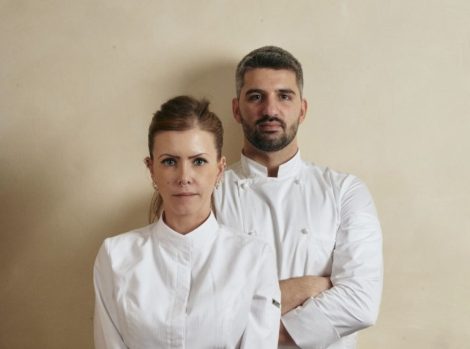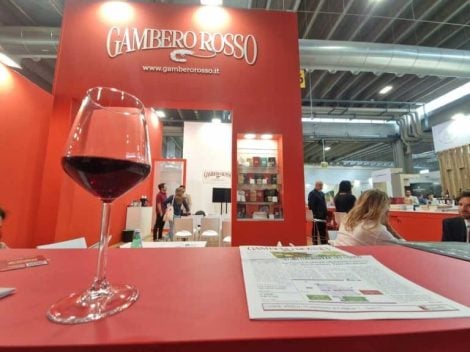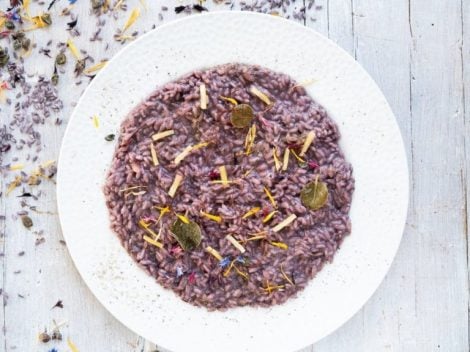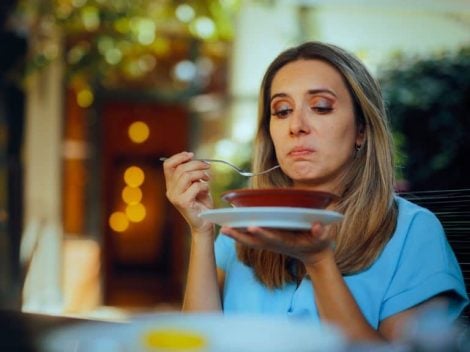The frozen pastries from your local bar might soon be a distant memory. Several patisseries are experimenting with vegan croissants and achieving excellent results: producing them isn’t always simple, but it’s definitely possible. So, why isn’t everyone doing it?
Replacing butter in croissants
In Rome, for example, Marco Fontana of Cristalli di Zucchero has created a high-quality, well-aerated, and balanced vegan leavening agent that is very pleasant to the bite. "I started experimenting years ago," he says. "At first, there were pre-made mixes supplied by companies, no one used sourdough, and margarine was the norm. But in our lab, we use only selected ingredients and wanted to make a proper vegan croissant."
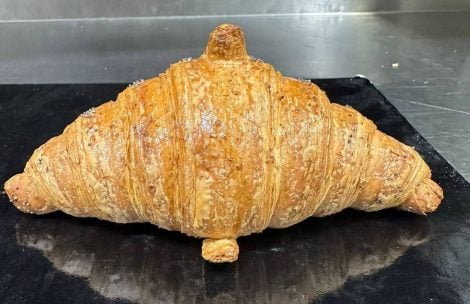
Instead of butter, he uses coconut butter, "plus a part of corn oil and shea fat to laminate the dough." This was a real challenge for the pastry chef. "Butter has a well-defined aroma and taste, and recreating a dough without this ingredient is not easy."
Croissant: the Sacred Monster of pastry
The most complex part is the lamination. "I have to work the dough through more stages because vegetable fat has a lower melting point, struggles with high temperatures, and doesn’t have the extensibility of butter." Production at Cristalli di Zucchero is limited. "We started just two months ago, and the response has been good. However, managing larger volumes would be difficult." Complex, but not impossible. "The croissant is seen as a bit of a sacred monster of pastry. Thinking about making it in a vegan version can be daunting, but it’s actually feasible, and we sell it at the same price as the classic croissant."
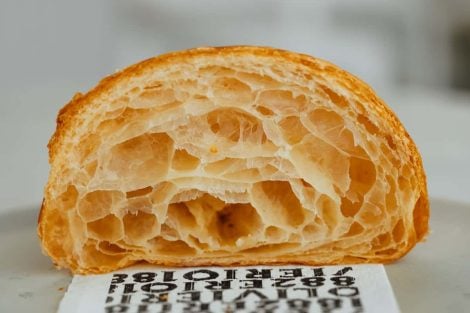
Yes to Margarine (but high-quality)
Margarine, long demonized, can also be a valid alternative for making vegan pastries. The food industry has long offered options "free of hydrogenated fats, preservatives, or colorings." Nicola Olivieri, pastry chef and CEO of Oliveri 1882 in Arzignano, Vicenza, uses a vegetable margarine "made with shea butter, without coconut oil or palm oil." He started making vegan croissants back in 2015. "Breakfast has always been a fundamental part of our shop, and we wanted to satisfy everyone." The taste? "Perhaps more neutral, because some elements are missing from an organoleptic point of view, which is why we add lemon zest to the dough."
The Italian Vegan Croissant
Whether you like it or not, the demand for vegan pastries continues to grow. It’s not just vegans who want them, but also people with lactose intolerance, milk protein or egg allergies. "Not to mention those who mistakenly think that any vegan product is healthier or lighter than a conventional one," adds Fontana. We talk about croissants and not croissants for a specific reason: the Italian croissant is more difficult to replicate without animal fats because "the eggs in it create a fundamental emulsion between water and fat," explains Olivieri. "Without them, it’s harder to get a well-developed and aerated product." But for the Veneto pastry chef, no obstacle is insurmountable. In addition to the classic carrot cake, he produces a vegan "veneziana" and has also been making vegan panettone for a few years.
French Croissants and modern rolls in vegan versions
The French croissant, on the other hand, contains no eggs and the pastry is much crisper. "Technically, you could take any croissant recipe and replace the butter with a plant-based product," explains Barbara Giovanetti of Julietta Pastry & Lab, a vegan patisserie and shop in Rome created by the founder of Romeow Cat Bistrot, Valentina de Matteis. Barbara is well-versed in the product. Along with Ilenia Meloni, "the woman who whispers to leavens," and Martina Gizi, she has created a textbook pastry, with which she makes the now-famous New York rolls. "Our inspiration is Antonio Bachour; his recipes are conventional, but we adapt them with a technical margarine." There are now many exceptional options available commercially.
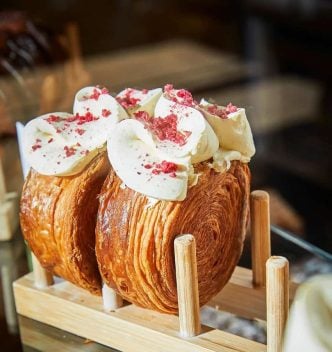
The roll, a round-shaped pastry, differs from the croissant "because it is pressed into a mold, so the dough needs more folds to give it strength." With a bit of patience, however, the desired result can always be achieved. "We calibrated the fats and obtained a product that satisfied us: the croissant is even easier to make, you really just need to choose a butter substitute and pay a bit of attention." In short, there are no more excuses.

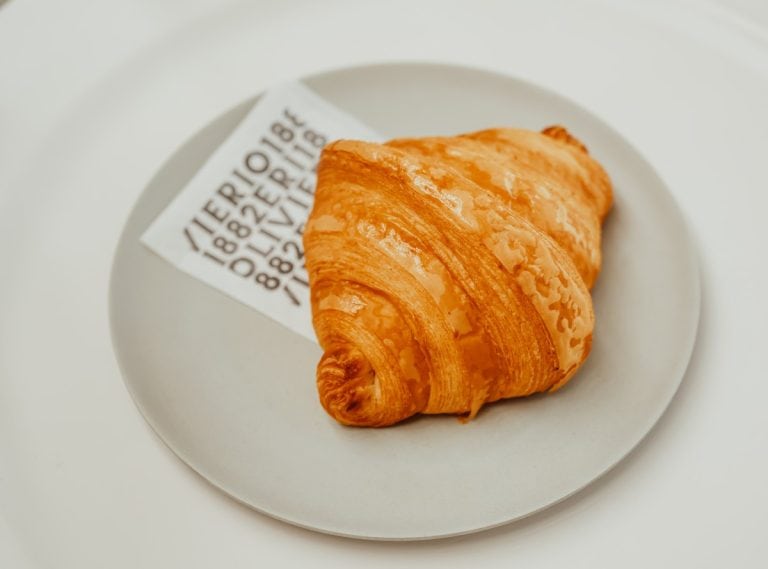
 Meloni: "Tariffs? If necessary, there will be consequences. Heavy impact on agri-food sector"
Meloni: "Tariffs? If necessary, there will be consequences. Heavy impact on agri-food sector" The Government honours the greats of Italian cuisine, from Bottura to Pepe. Massari: "Thank you, Meloni, the only one who listened to us"
The Government honours the greats of Italian cuisine, from Bottura to Pepe. Massari: "Thank you, Meloni, the only one who listened to us"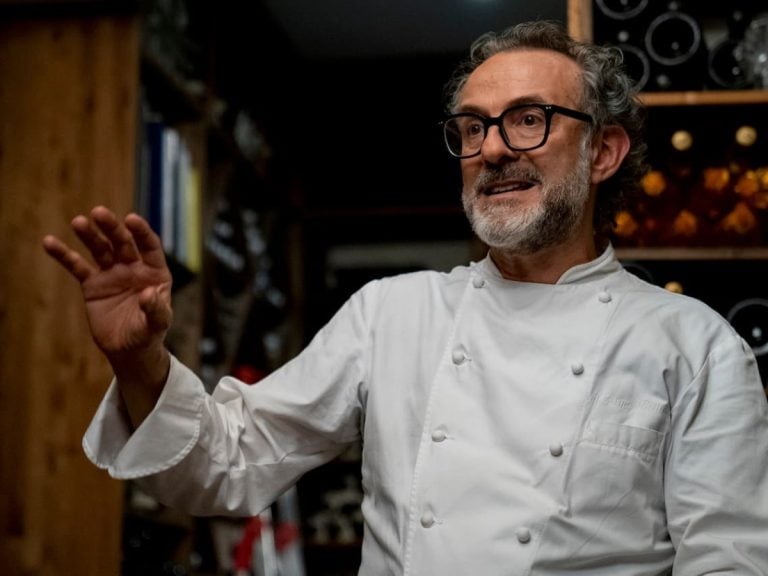 "We must promote a cuisine that is not just for the few." Interview with Massimo Bottura
"We must promote a cuisine that is not just for the few." Interview with Massimo Bottura Wine was a drink of the people as early as the Early Bronze Age. A study disproves the ancient elitism of Bacchus’ nectar
Wine was a drink of the people as early as the Early Bronze Age. A study disproves the ancient elitism of Bacchus’ nectar "From 2nd April, US tariffs between 10% and 25% on wine as well." The announcement from the Wine Trade Alliance
"From 2nd April, US tariffs between 10% and 25% on wine as well." The announcement from the Wine Trade Alliance